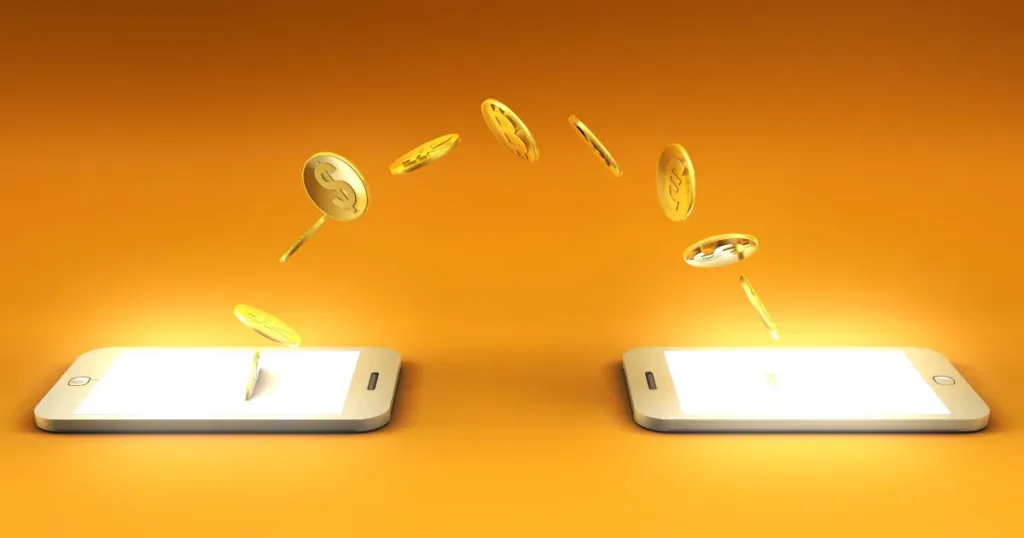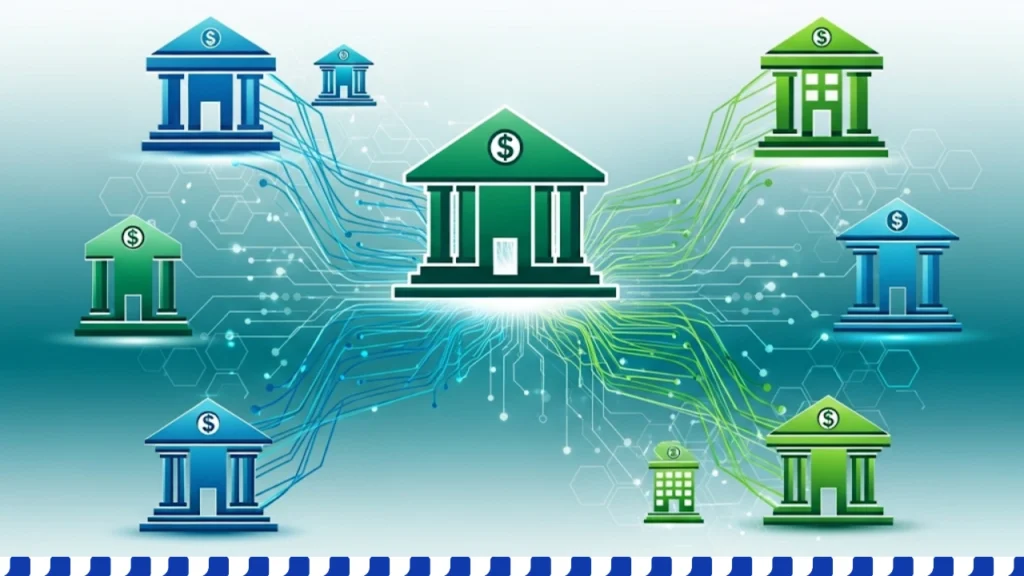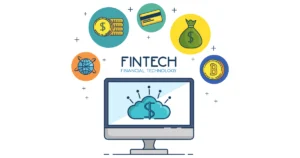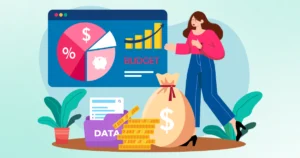The Automated Clearing House (ACH), is run by the NACHA (National Automated Clearing House Association). It is a network that moves money between banks electronically in the U.S. The ACH network move more than $72 trillion in 2022. That was a whole 5% jump from the year before. This shows how important the ACH payment method is.
From important transactions like government paychecks and social security benefits down to B2B transfers, the ACH has earned its reputation.
As a business owner, staying on top of payment methods is crucial. Why? Statistics report that of the 70% cart abandonment cases, 9% are caused by payment method problems. So, it’s a win-win situation. You provide a convenient payment method and sales boom.
The ACH payment method just might be the right one for your business. Read on for more on the ACH transfer method and how it works.
What is The ACH Payment Method?

ACH payments are electronic transfers of money bewteen banks and credit unions in the United States only. It is different from wire transfers, cash, paper checks, or card transactions.
Examples of ACH transactions are:
- Online payments
- Payroll
- Social security benefits
- Tax refunds
- Consumer bills, etc.
Benefits of ACH Payment Method
ACH, as a payment method compared to others, is perfectly cost-effective. Credit and debit cards have processing fees that can add up too fast.
This is a premium for businesses that deal with massive B2B transactions. Now, the ACH has transaction fees – an average of $0.29 per payment. But, between that and $25 average wire transactions, the choice is clear.
There’s also convenience to consider. For business owners, there is no need for manual work. On the other hand, customers find it hassle-free too. No paperwork; the automated recurring payment of the ACH debit is ideal for recurring billings.
Just imagine the number of mistakes that occur when you make payments manually. The wrong account number, inaccurate amount, etc. The ACH payment method eliminates, or at the very least, reduces, the chances of errors. Digital wallets have an average failure rate of 11.5%. Even the most popular credit card averages a 7.9% failure rate. ACH payments, on the other hand, have a mere 2.9% failure rate.
This attribute makes it more attractive to business owners. In the event of payment failure, money can be “pulled” from the customer’s account to rectify the problem. Time-saving, low margin of error, non-existent failure rate, and cost-efficient. A dream come true for businesses.
Here’s the catch! The ACH payment method works in the U.S. only. Giving wire transfers the advantage. Nevertheless, there are similar networks for overseas transfers that are cheaper than wire transfers.
Some banks might also impose a transaction limit. This can be a bit inconvenient, as you have to double-check the limit when making large payments. These limits differ, some biweekly, others daily, monthly, or per transaction.
If you’re looking for speedy transfers, the ACH payment method is not for you. Your transaction may take up to 3 days for processing.
Another quirk is that with the ACH payment method, no transaction is ever truly confirmed. However, if there is a delay in payment, the Receiving Depository Financial Institution (RDFI) has 48 hours to report it. Consumers can also file a complaint within 60 days for unauthorized or incorrect debit transactions.
Types of ACH Payment Methods
There are two main categories of the ACH method: Direct deposit and direct payments
Direct Deposit: This category is used by businesses and the government to make payments to consumers. Examples are payroll, tax refunds, government benefits, interest payments, etc.
Direct payment is the electronic movement of funds to make or receive payment by individuals or organizations. Examples are paying bills, sending money to relatives, buying goods, etc.
Under direct payment, there are two payment methods. ACH credit and ACH debit. To better understand, direct payment works with a “push” and “pull” system.
In ACH credit, money is pushed into the recipient’s account. As a business owner, this means that the customer handles the transaction. The customer is actively sending the money into your account.
While with ACH debit, money is “pulled” from the account of the customer – with consent, of course. This method is best for subscription business models. This takes away the stress of initiating each time.
How Does ACH Payment Method Work?
In an ACH payment, there are three entities involved. The ACH operator (FedACH or the Electronic Payments Network), the Originating Depository Financial Institution, and the Receiving Depository Financial Institution. Then the Automated Clearing House (ACH) works with both sides of the transaction as a central authority.
The whole process is like the mail system. The Originating Depository Financial Institution (ODFI) packages each payment request as a message in outgoing mail. The ACH operator sorts the “messages” into groups headed for different RDFIs. The receiving bank also gets its bundle of “messages.”.
This happens at set intervals every business day. Certain factors affect each payment request, such as:
- Type of request: debit or credit payment
- The processing partner originator uses
- Service opted for, e.g., same-day service
- Whether the initial request yields a return code.
How Long Does ACH Payment Method Take?
Although cost-effective and secure, time is not a strong suit for ACH payment because there is no precise time. It typically takes anywhere from 1-3 days to process a single payment request. This time frame depends on the type of request and whether it’s a same-day ACH request (which comes with an extra fee).
The time of the day the payment is initiated is also a huge factor. Payments initiated early have a higher chance of being processed same-day.
Fact: To reduce the incidence of fraud, NACHA introduced a rule in 2021. Originators of WEB transactions are to verify the recipient’s account is:
- Open
- Valid and
- Able to receive transfers before initiating an authorized ACH debit payment.
In conclusion, the ACH payment method offers a reliable and cost-effective solution for electronic fund transfers in the U.S. Its awesome advantages include low transaction fees, reduced error rates, etc. Make it a convenient choice for businesses and consumers.
Despite limitations such as transaction limits and processing times, the ACH system’s ability to handle a wide range of transactions—from payroll to online payments—makes it worthwhile. While it may not be the fastest, the fact that 94% of American workers receive their pay with it is interesting.
Frequently Asked Questions About ACH Payment Method
Yes, ACH works with any bank in the US only. You must also know that they don’t work with international banks.
A bank transfer is the movement of money from one bank account to another. ACH is a bank transfer using the ACH network.
Yes, you can.
Yes, you can.




